December 16th, 2023 Issue
Mulching A Cover Crop / The Meek Shall Inherit The Earth / Olympic Grade Microbiology / Wild Leeks-Allium tricoccum / Float Fishing #11 Caddisflies / Fly Tying #11 Dubbing Materials
Mulching A Cover Crop
In this lesson, I want to share with you how I incorporate a cover crop, to feed my Soil Livestock. Remember what I explained to you a little while back. When you get to the point in your thinking, that your garden is primarily for feeding soil biology, and you just happen to get to eat incredible food from it, you will be light years ahead of most gardeners.
In the first photo you can see the 6'x6' Quilt Garden plot that has the Oat & Field Pea cover crop. It has grown to about 42"tall. Remember, if you sow a cover crop and it is very stunted and unhealthy, that is a revelation to you that you need to get after building a more vibrant soil community. If it is beautiful and lush, that is telling you that you are ready to plant your crops.
I know that the cover crop is ready to put down, because flowers are developing on the field peas. The flowers indicate to me that they, as a legume, have fixed as much nitrogen on their roots as they will be able to. If you let the flowers develop into pods, some of that nitrogen will be used and your benefit will be diminished. The second photo is of a clump of oats and peas I pulled with my digging fork. I shook some of the soil off and this is what was left clinging to their roots. There are two things I want you to see here. First of all, you can see the small pinkish nodules on the pea roots. Those are made up of nitrogen, that has been collected from the atmosphere, through a symbiosis between the pea plant and a soil organism. The second thing I want you to see, are the soil aggregates that are clinging to the roots. These balls of soil are what you are working so hard to establish. They are held together by a soil "glue" called Glomalin. That glue is developed from the dead biology in your soil. Catch what I am about ready to tell you. The more living and dying you have going on, at a microbial level in your soil, the more rapidly these soil aggregates will develop. The only way the biology can live and die more rapidly, is if you keep them very well fed and watered, with everything they need.
The third photo shows what it looks like after I crimp down the cover crop by walking on it. I choose to crimp it so that some of the goodness from the leaves can be taken down directly into the soil through the roots. To crimp it, I just walk along the edge forcing it to the center. I just continue around and around until it is all laying down.
Remember this is all about microbiology. Now that the cover crop is crimped. I will now bring in some important foods for my Livestock. I am doing this very early in the morning while everything is covered in dew. It is at this point, that the microbes on the leaves of your plants, are at their peak. Now I'm going to cut some Stinging Nettles, Comfrey, and Kale. I'm going to place them on top. I am introducing not only those plant’s mineral dense leaves, but also the special microbes that are present as well. Now I will sprinkle over all this vegetation about 2 gallons of Ramial chipped fine branches, a handful of chicken compost from their winter pack, a handful of forest leafmold that was gathered from a higher elevation than my farm. I even have some soil a friend brought me from a elk hunting trip from 13,000 feet. (I will be discussing the significance of why from higher elevations in todays KNF lesson) Now is an excellent time as well to sprinkle some biochar over all of this. I generally would encourage you to pre-inoculate your biochar, but this is one situation where it would be best not to. The charcoal will begin to capture important minerals and give the biology a condominium complex to live in. The forth photo shows all of this ready to be mulched.
The fifth and sixth photos, show my mulch sources. The first is some really healthy lush grass, I will cut with my scythe, from under an old maple tree in our pasture. When I rake this up, I will also be gathering old leaves and some thatch that will come along with it. All of which are bringing unique biology from under that old growth tree. The second mulch source is from my pastured chickens. It is made up of thatch, grass clippings from mowing ahead of them, feathers from them molting and lots of special biology from the pasture top soil. As the chickens scratch, mixing the thatch all day, they coat everything with soil biology as well. I take both of these mulches and put just enough of them to cover the vegetation below. I want the rain or the water I introduce to easily penetrate.
Some of these plots I used to plant my garlic this fall. The soil was beautiful , and much of the cover crop and Ramial was already incorporated by the biology. Remember how God designed for all this to work. In the wild, the plants grow and die on the soil surface. All the leaves and branches are decomposed, because the biology was designed to come up to get them, and take their residues into the soil. This is the natural process of topsoil being developed in the forest or grasslands.
The Meek Shall Inherit The Earth
Matthew 5:5 Blessed are the meek: for they shall inherit the earth.
From time to time I see comments about meekness. Often this word is used in conjunction with the word weakness. Someone that uses these words together has never studied what the Lord has to say about it. The Lord Himself while He walked this earth referred to Himself as meek.
Matthew 11:29 Take my yoke upon you, and learn of me; for I am meek and lowly in heart: and ye shall find rest unto your souls.
This verse holds the key for understanding meekness. Jesus refers to us taking His yoke upon us, and learning. When you pair oxen in a yoke, you have one ox that is the lead. The other oxen is there, to submit its strength to the leadership of the other. Jesus is telling us He wants us to enter into a submissive union with Him, where our will and strength is directed totally by Him, to accomplish His will.
Psa 25:9 The meek will he guide in judgment: and the meek will he teach his way.
Rom 6:13 Neither yield ye your members as instruments of unrighteousness unto sin: but yield yourselves unto God, as those that are alive from the dead, and your members as instruments of righteousness unto God.
Years ago a friend of mine, that was a horse logger, was at an Amish horse sale. He was telling me about this stallion that he saw. He was telling me how it was standing with its owner in the midst of a crowd. Every muscle on its body was twitching it seemed. He said you could tell it was an extremely spirited horse. But the Amish man that owned him was just quietly speaking to him, and the stallion was totally submitted to him. He said it was an impressive sight, to see that much spirit and strength totally yielded to its master. Most people would be more impressed seeing that stallion prancing and running mightily through a pasture. But no my friend understood the value of a horse, of great strength, that was totally submitted to a task at its masters direction.
I have met over the years many people of great strength. Most of them were just untrained stallions, proudly prancing around the pasture. Sure people looking on are impressed. But God isn’t impressed. A horse that is not trained and submitted to a noble task, is of very little value. God has designed us to be yoked up with Him. Submitting our strength to His direction. That is what a walk of faith truly is.
Psa 149:4 For the LORD taketh pleasure in his people: he will beautify the meek with salvation.
Psa 147:6 The LORD lifteth up the meek: he casteth the wicked down to the ground.
This will help you understand the end of the sermon that the main text came from. Let’s look at the end of Matthew chapter 7:
Mat 7:21-23 Not every one that saith unto me, Lord, Lord, shall enter into the kingdom of heaven; but he that doeth the will of my Father which is in heaven. 22 Many will say to me in that day, Lord, Lord, have we not prophesied in thy name? and in thy name have cast out devils? and in thy name done many wonderful works? 23 And then will I profess unto them, I never knew you: depart from me, ye that work iniquity.
The key is “he that doeth the will of my Father which is in heaven”. All those workers of iniquity or lawlessness, that thought they were serving the Father were just prancing stallions out in the pasture not truly submitted to the Masters use. Just because you are doing things “for” Jesus, does not mean you are doing them yoked “with” Jesus. That is the key remember, the yoke. For He says to them He never knew them. I assure you that spirited stallion, the Amish man owned, knew his master well, and vise versa. Jesus promised us rest, if we were yoked together with Him. I meet very few Christians, that have learned how to enter into His rest. Understanding meekness is the key to entering into His rest, and truly knowing Him. May God give us grace to enter into that submitted union with Him!
Zeph 2:3 Seek ye the LORD, all ye meek of the earth, which have wrought his judgment; seek righteousness, seek meekness: it may be ye shall be hid in the day of the LORD'S anger.
If you know someone, that you think would benefit from this newsletter’s content, please share it with them. Thank you!
Olympic Grade Microbiology
I am sharing this specific topic, because I spoke about it in the Quilt Garden lesson today.
What if I told you that it was possible for you to collect microbes that were very superior to the ones in your garden. So superior that I will often refer to them as Olympic grade.
You are probably familiar with the fact that one of the main training centers for Olympic athletes is high up in the mountains of Colorado. The reason they train athletes at higher elevations, is because their bodies have to work harder to endure the environment up there. As their bodies grow accustom to competing in the harsher environment, their performance is enhanced, when they compete at lower elevations.
The Koreans learned that the same principle applies to other forms of life as well, even microscopic life. The genetics of the biology at high elevations have developed to meet the more challenging atmosphere. When you bring them down to your garden, they are much more aggressive as they preform their function in the new environment.
Korean farmers try to collect microbes at least 500 foot higher than their farms. Even higher would be better. The highest point in the lower peninsula of Michigan, is Briar Hill, it is about thirty miles from where I live, and it is just over 500 feet higher than my garden. Something that is really nice about that location is that the forest type is the same as what is on our farm. So the biology that I collect is already use to dealing with the fine branches and leaves from the trees I am creating Ramial from.
You want to be careful not to collect from locations that are at a lower elevation than your garden, or an environment that is less harsh. I will be going into more detail on this topic, as I show you some of the ways you can make collections.
Wild Leeks- Allium tricoccum
Well we are a few months from the first wild edibles that will start to show themselves. I want to take some time to teach you about many of these early spring plants, so you will be ready as they appear. The first one I want to cover is the Wild Leek or Ramps.
The first thing you will see in the spring, will be their leaves coming through the leaf litter, on the forest floor. The first picture will show you this. You can use these leaves in salads or cooking. If you pull too many of these leaves it will take away from the development of the bulbs under the soil.
The bulbs will generally be harvested after the leaves have fully developed and have started to show some dying back or yellowing. At this point they have reached their full size. The bulbs divide each season, similar to shallots. You have to be careful to always leave plenty, to continue to develop for the next season.
A very unique harvest that you can collect, from areas that have a large amount of plants, is their scape. This is in the third picture. This is the seed stalk that will develop. It tends to be reddish in color, and before it flowers and develops seeds it can be collected and eaten like a garlic spaghetti. You simmer it some to cook it. It really is very good. Not every clump of plants will put up a scape. So to find enough to make a good meal, you have to have a big patch. I know of some areas, that there are acres of plants in an older growth type maple forest. If you can only find a few scapes, then you could chop them up into a salad.
Even once the plant has died back, and you can no longer see them, you can continue to harvest the bulbs, if you know where they are located. Just remember to always leave plenty for someone else to harvest some, and for there to be enough for the plant to stay established, if someone does.
This link will take the visual learners to a series of three videos about Wild Leeks.
https://rumble.com/user/Schaafcraig?q=leeks
Float Fishing Lesson #11 Caddisflies
When I introduced the idea that I was going to teach on aquatic entomology, I delved a bit into the caddisfly. I now want to do it in much better detail.
In some bodies of water Caddisflies are very important. The adults look like little moths, but their wings will create a tent over their abdomen, when they are at rest.
After the adult lays its eggs, the larvae will develop. Some larvae will build cases out of tiny stones or branches. Each species has a particular kind of case it will make. Some species are referred to as free living caddis. These will often spin a net under rocks in the river. These free living caddis can also be very important for fishing. Steelhead fisherman, here in Michigan, will fish a green larvae imitation with great success.
I want to state again what I did in the previous article. If you find small stones or chunks of wood in the stomach sample of your fish, there is a good chance they have been feeding on cased caddis larvae.
After the larvae has fully developed, it will seal off its case and begin to pupate. When the pupa is fully developed it will come out of its case and swim to the waters surface. This is a great time to catch fish. As these pupa ascend to the surface the fish will take them. With some species, a small translucent gas bubble will help them rise to the surface of the water to hatch. From the time they leave the case, to emerging and flying away from the surface film, they can be very aggressively taken.
Once the adults have mated, the females will return to the water surface and lay their eggs. This can be quite dramatic as well. Some species will skate across the water surface, attracting very aggressive rise forms.
As a float fisherman, the prime time will be to fish a cased caddis imitation or a pupa pattern. The pupa is generally rising, so imparting some action to the pupa imitation may be advantageous. Once again if you are also a fly fisherman you can have this whole process covered.
Fly Tying Lesson #11 Dubbing Materials
In this lesson, I discuss different types of materials, we use for different dubbing techniques.
https://rumble.com/vwm0gl-fly-tying-class-lesson-11-dubbing-materials.html

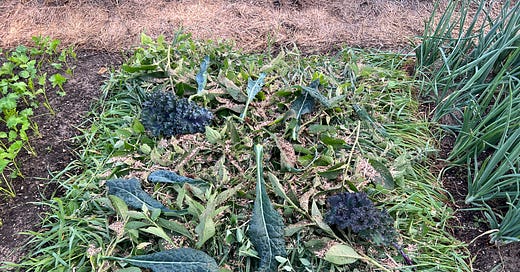



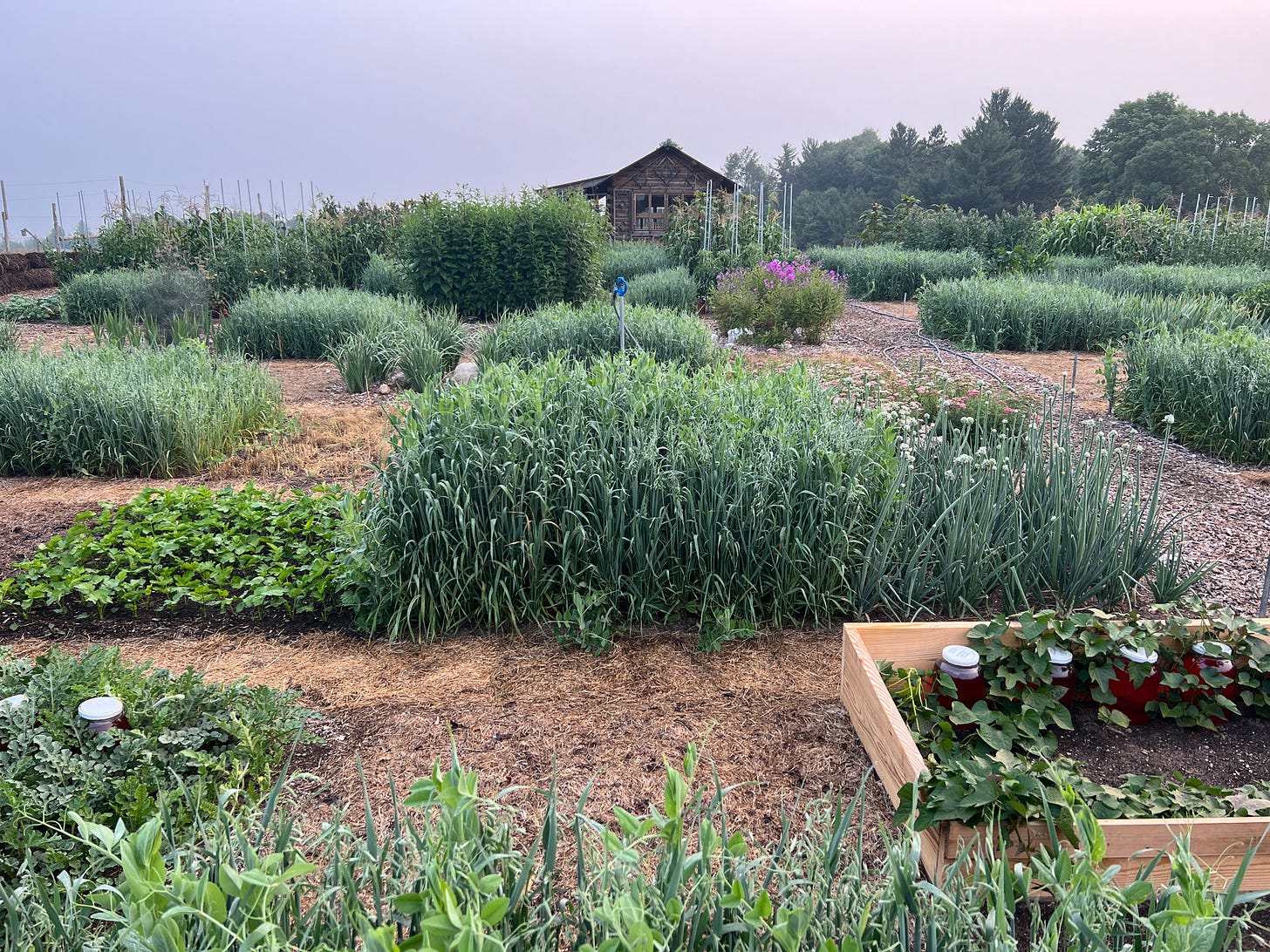
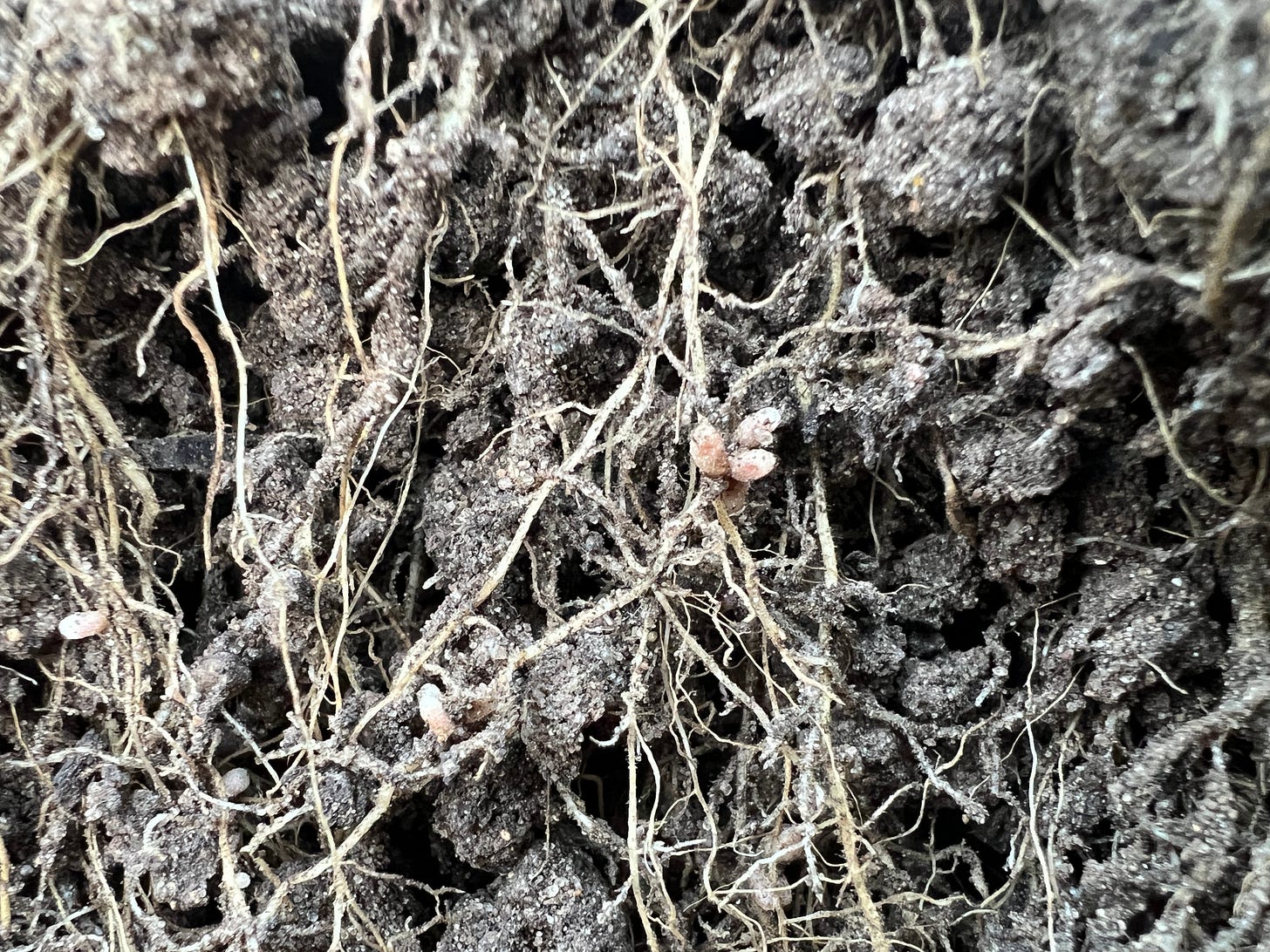
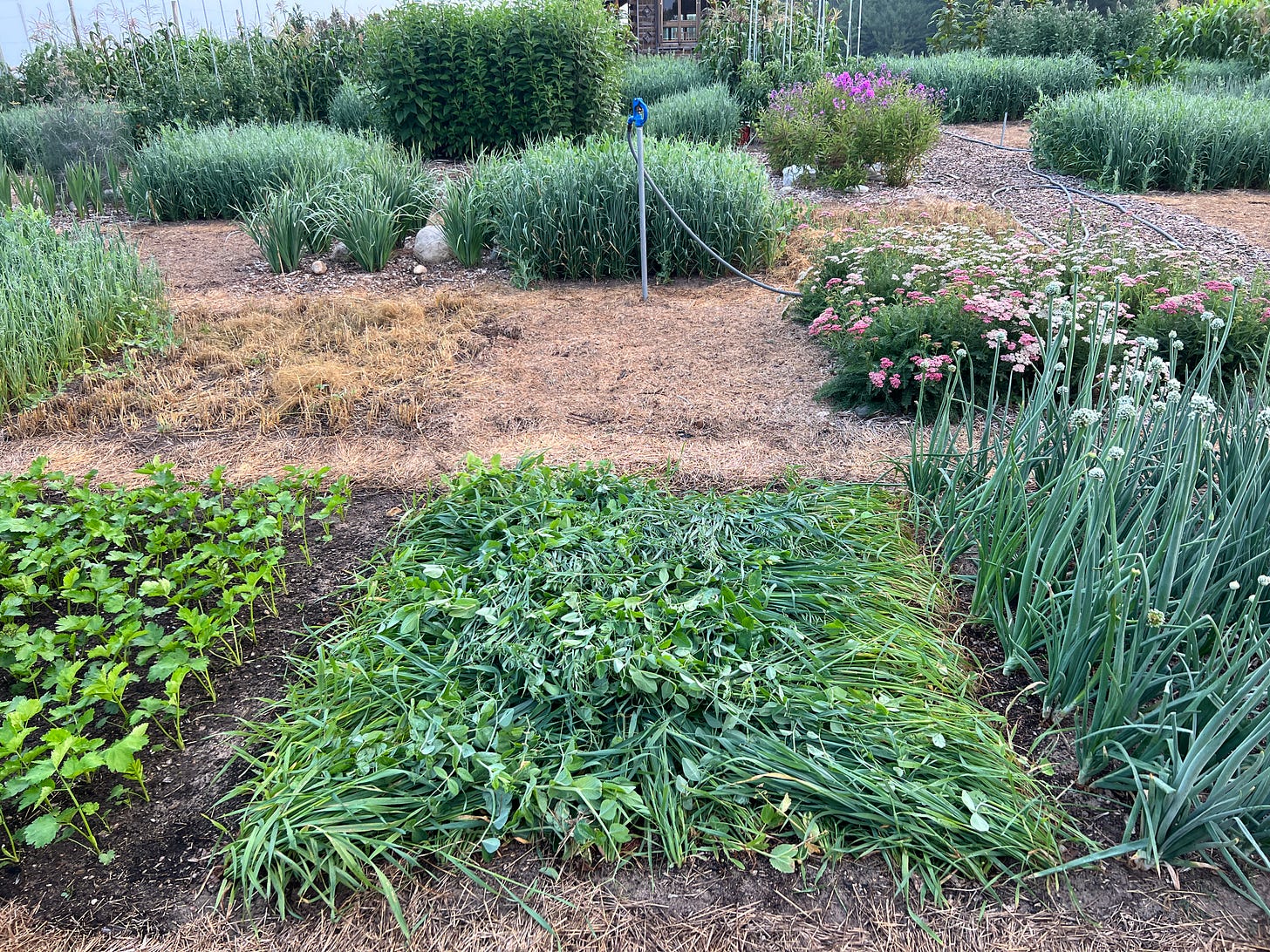

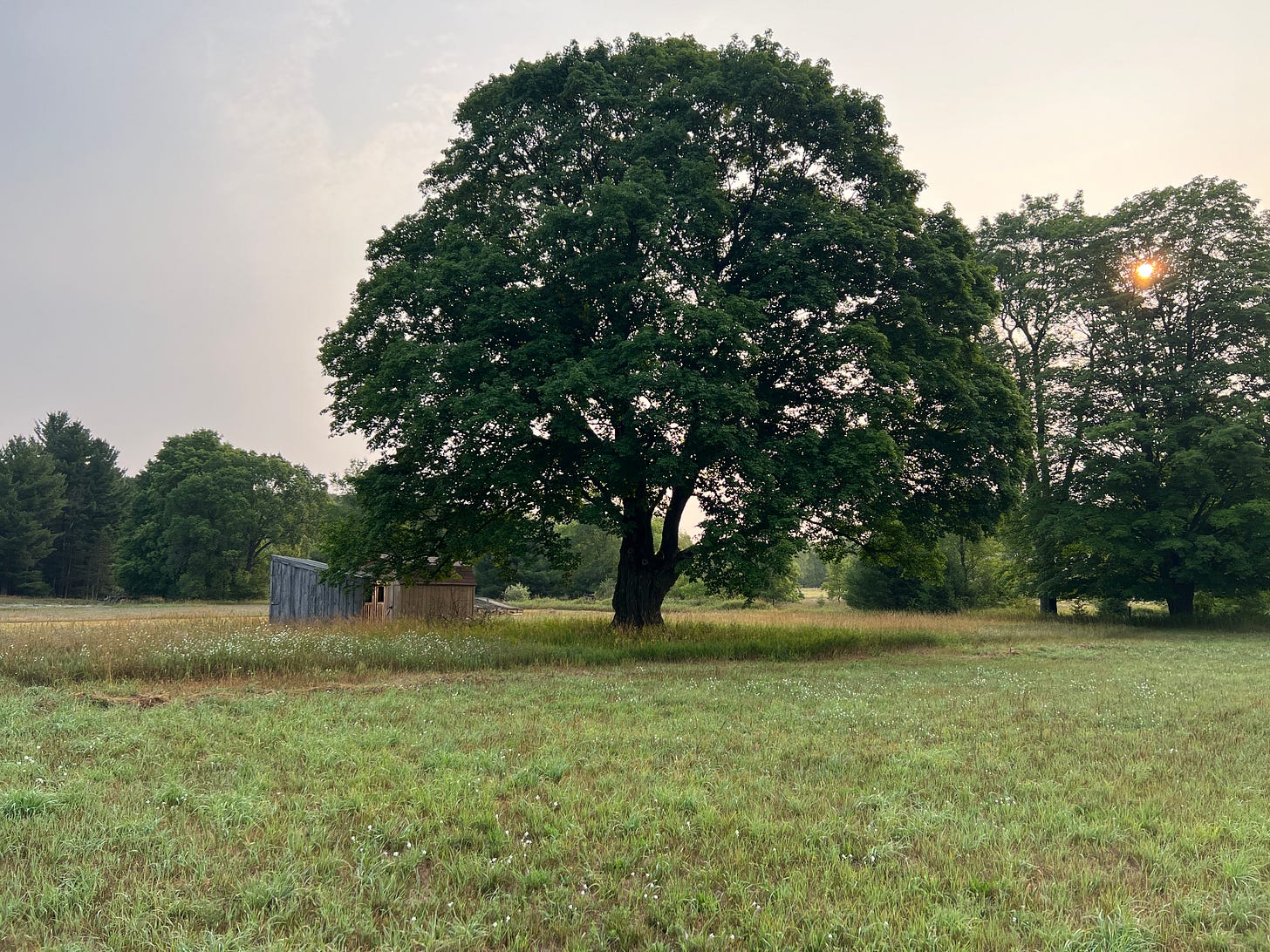

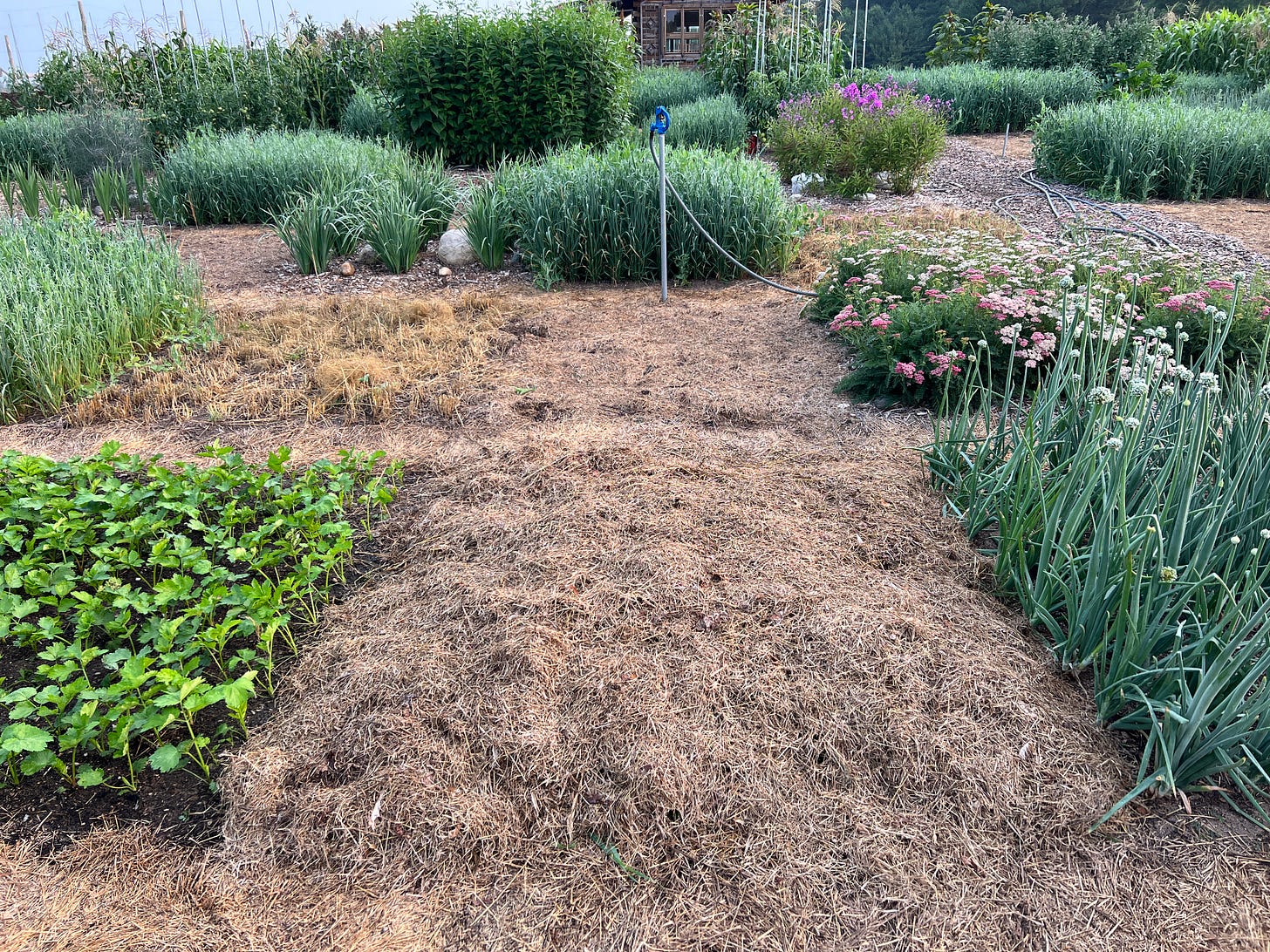

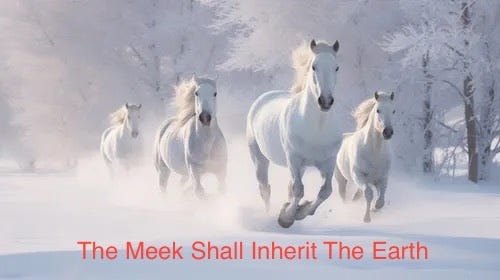

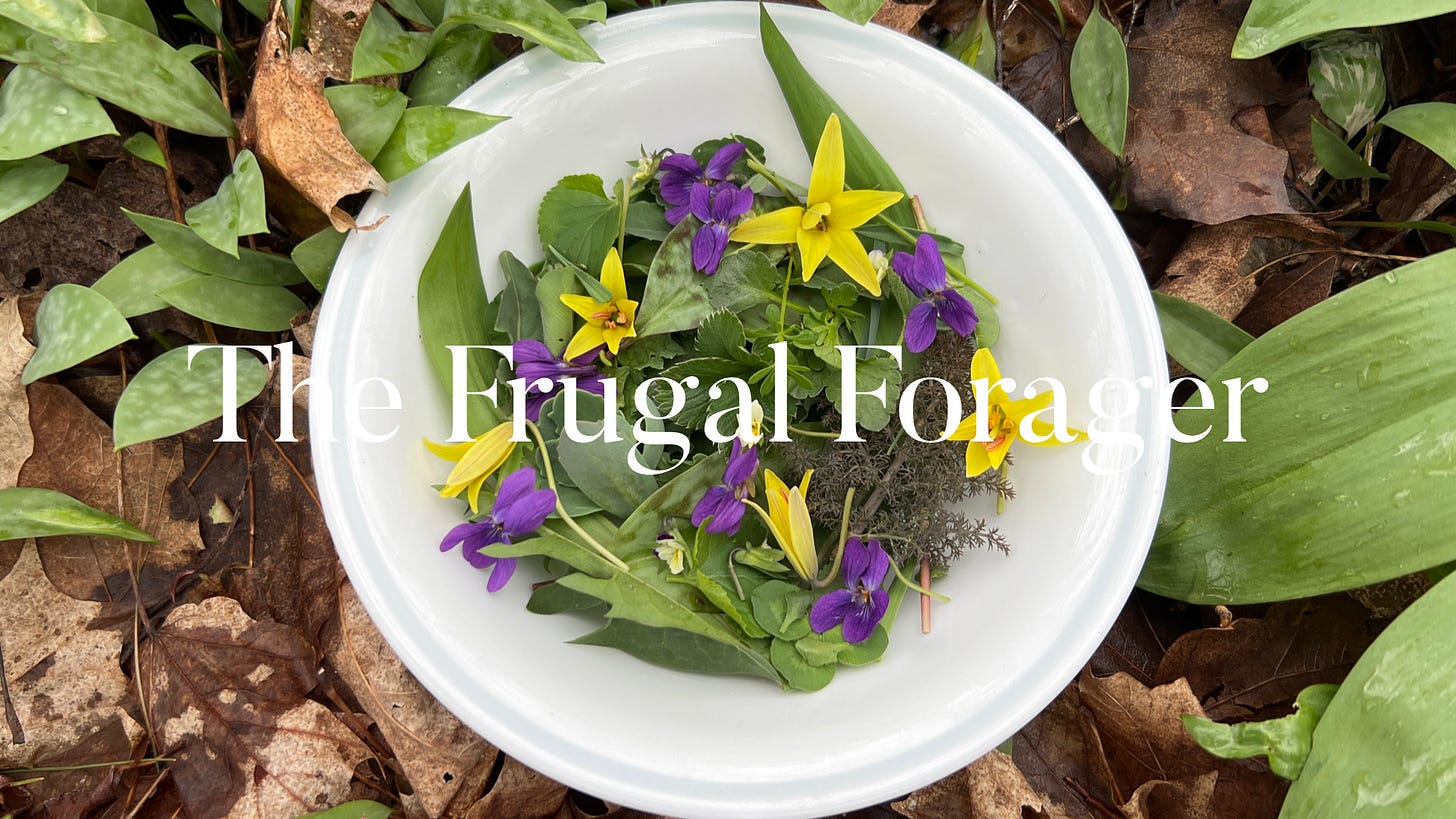
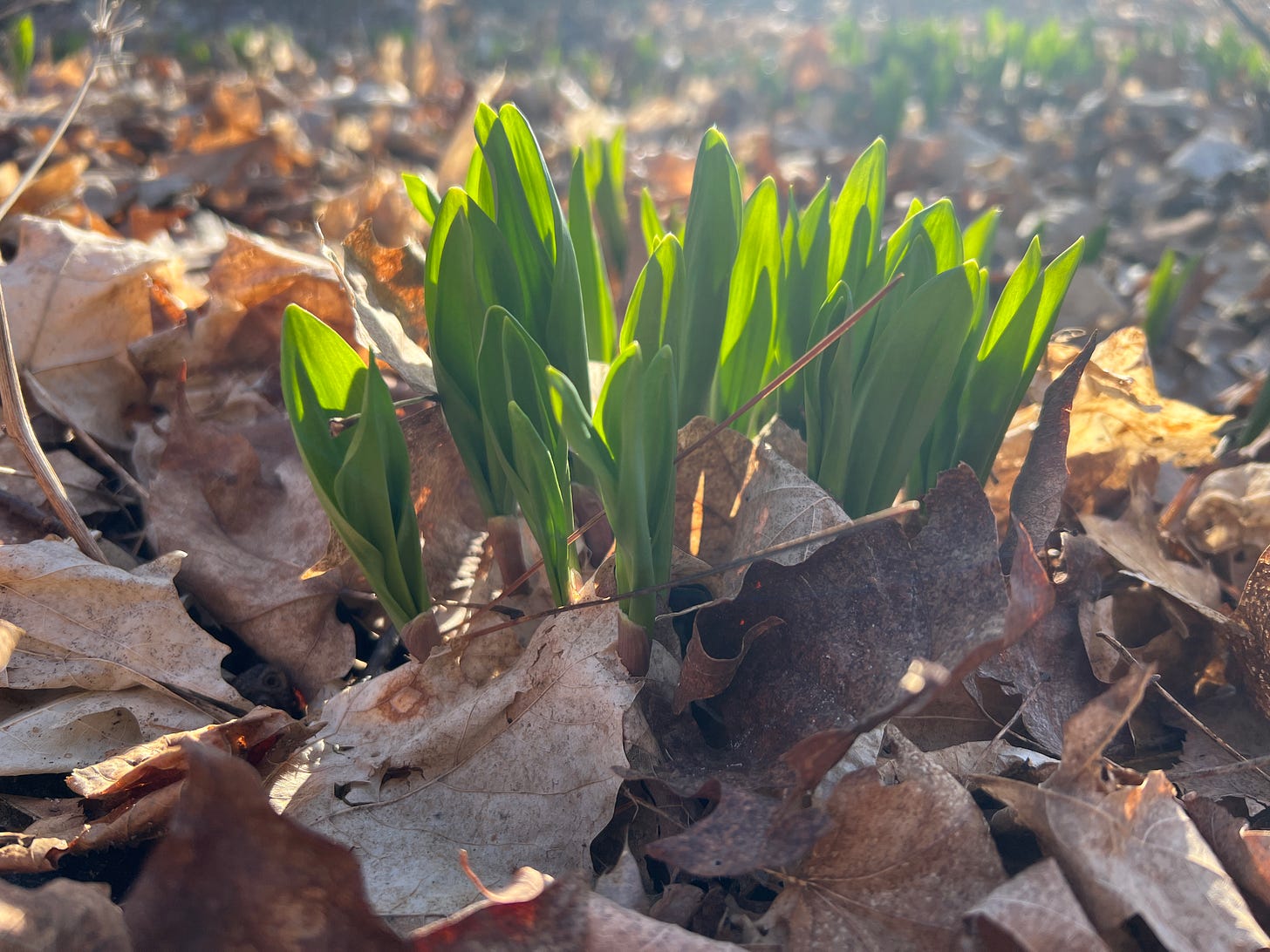
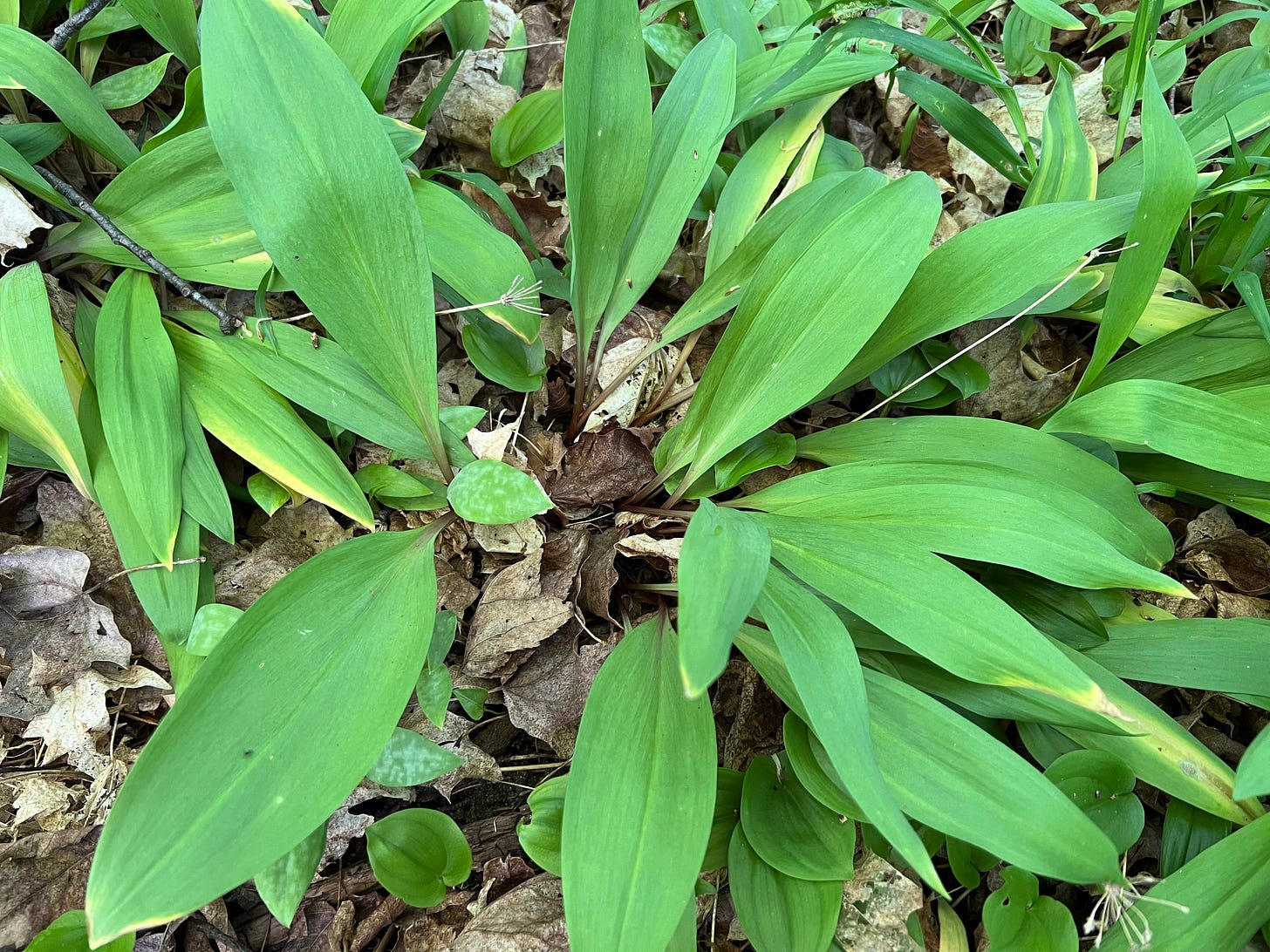
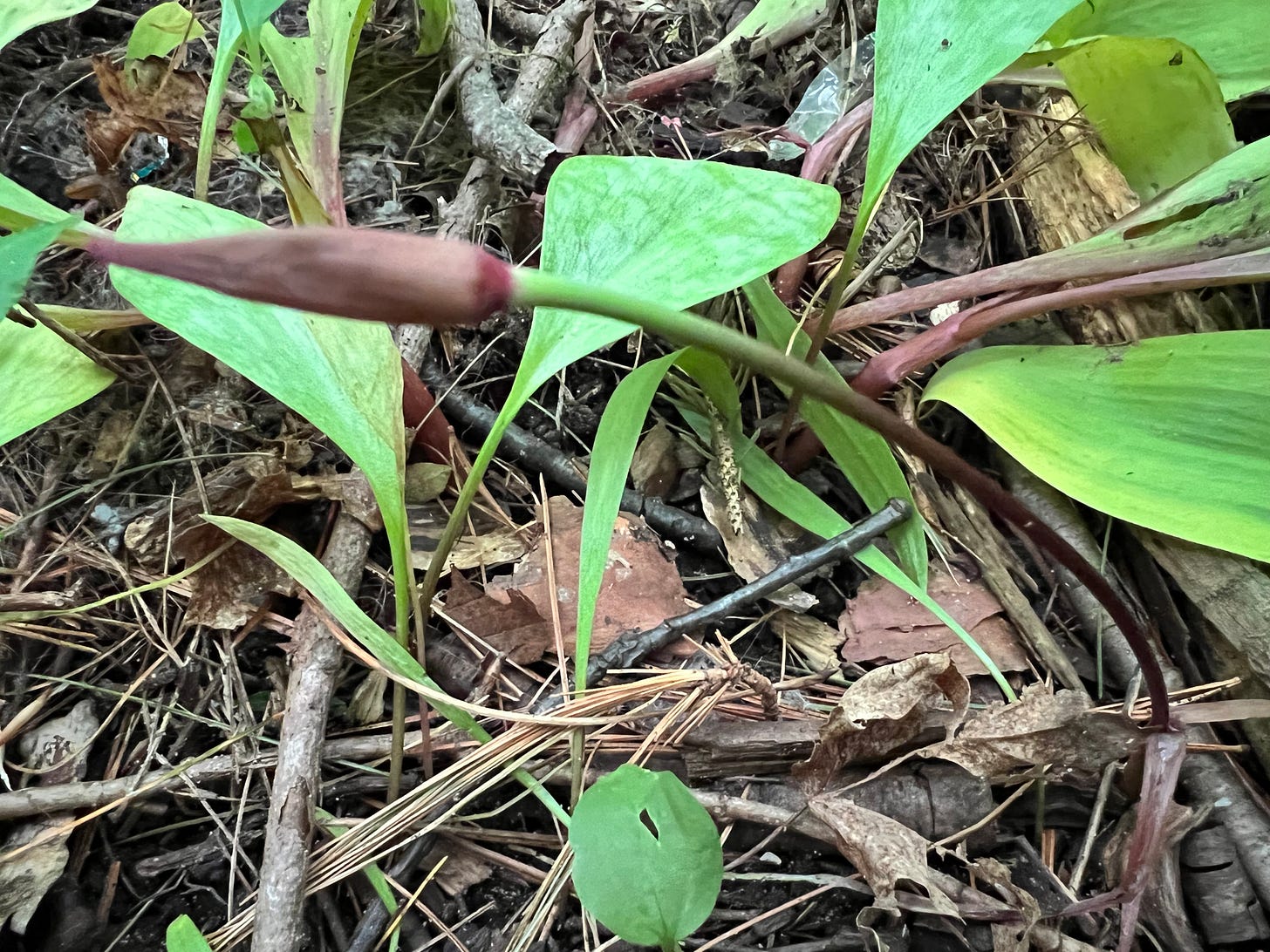

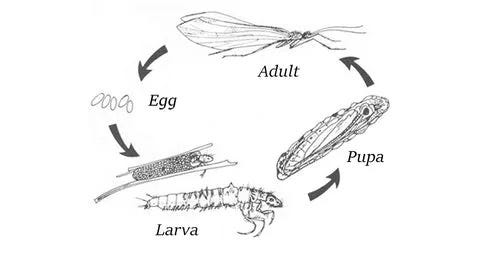

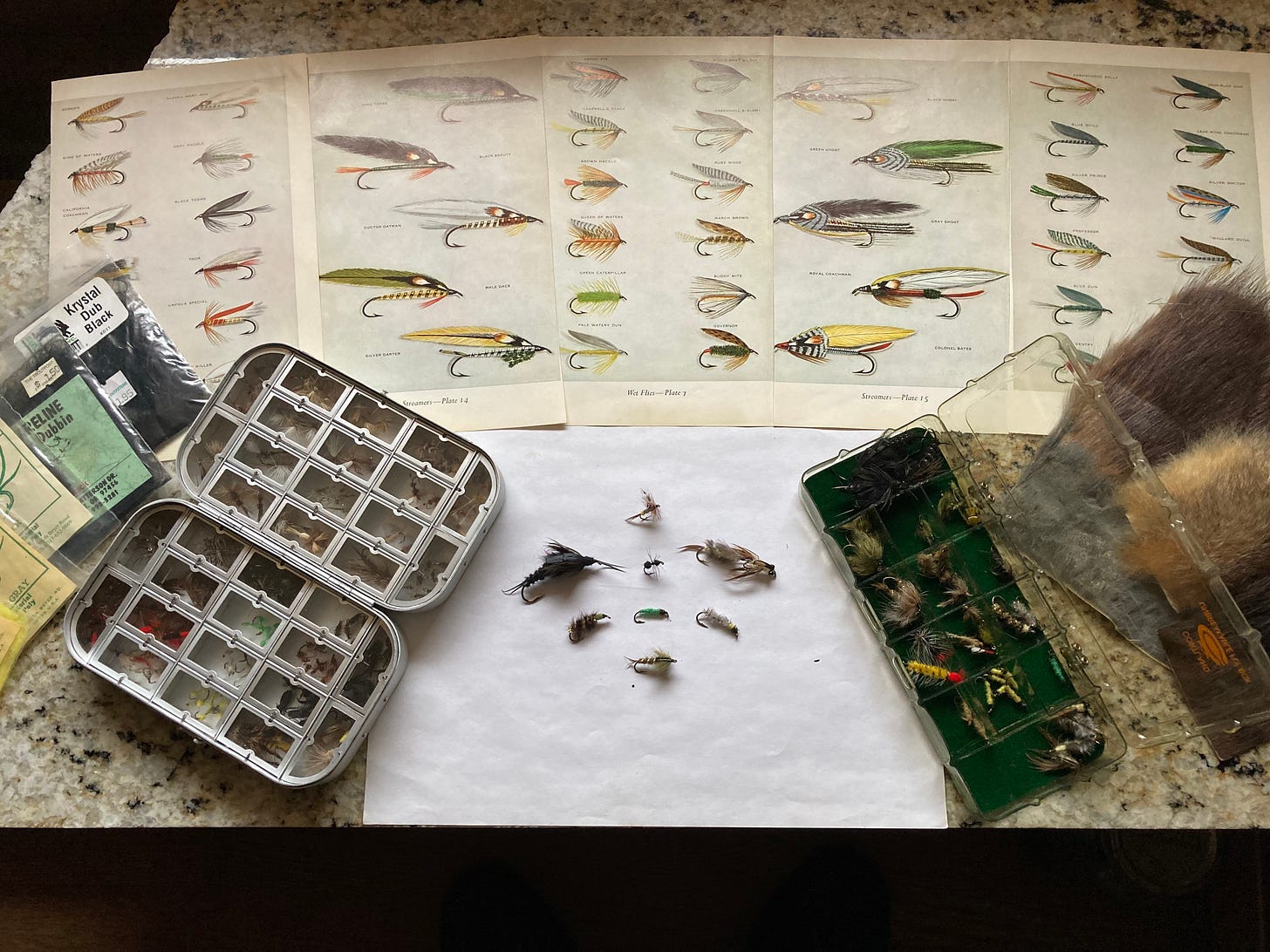

Love the piece integrating yokes and meekness. Did my spirit great good!
Love this! Learning so much from you. Can I offer a suggestion? Is there a way to insert each photo that you’re discussing after each paragraph where it’s being referenced? I mean instead of them all being posted at the end.